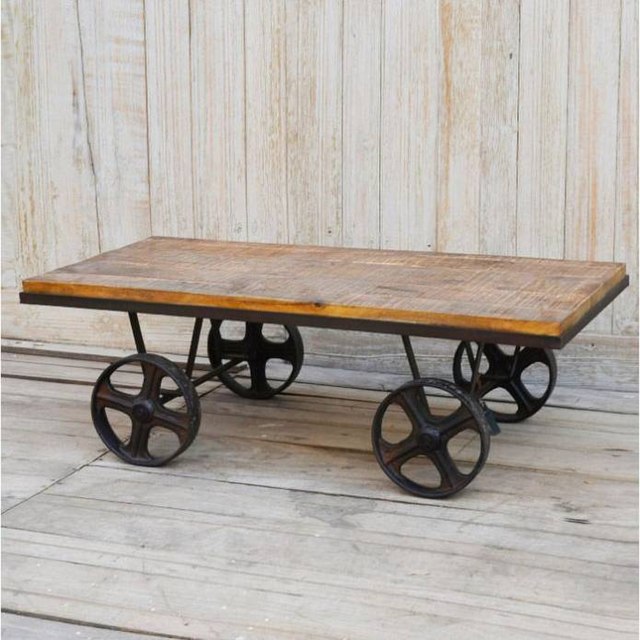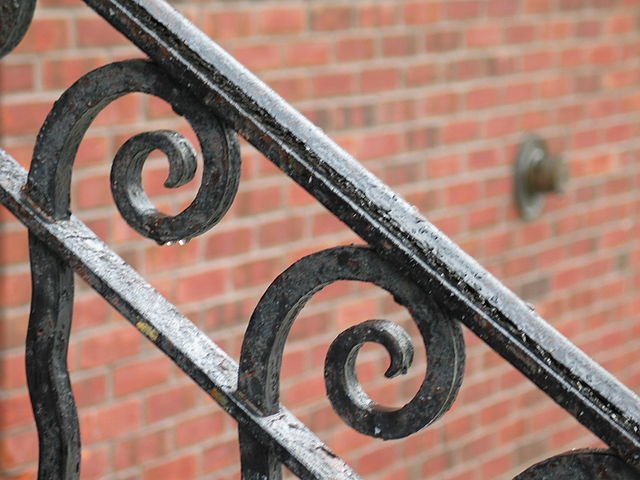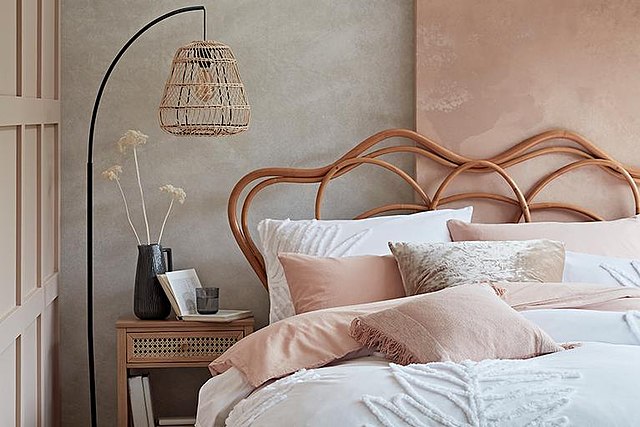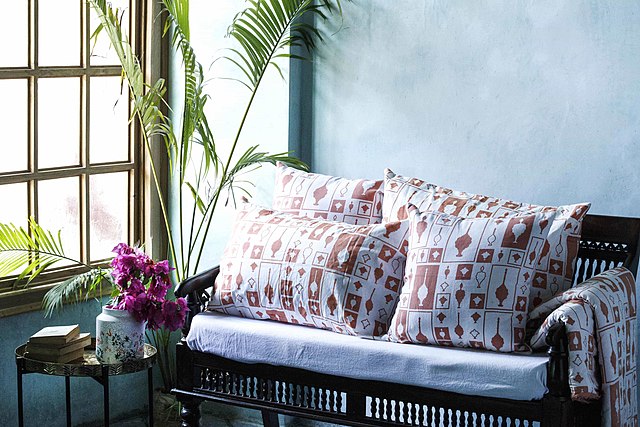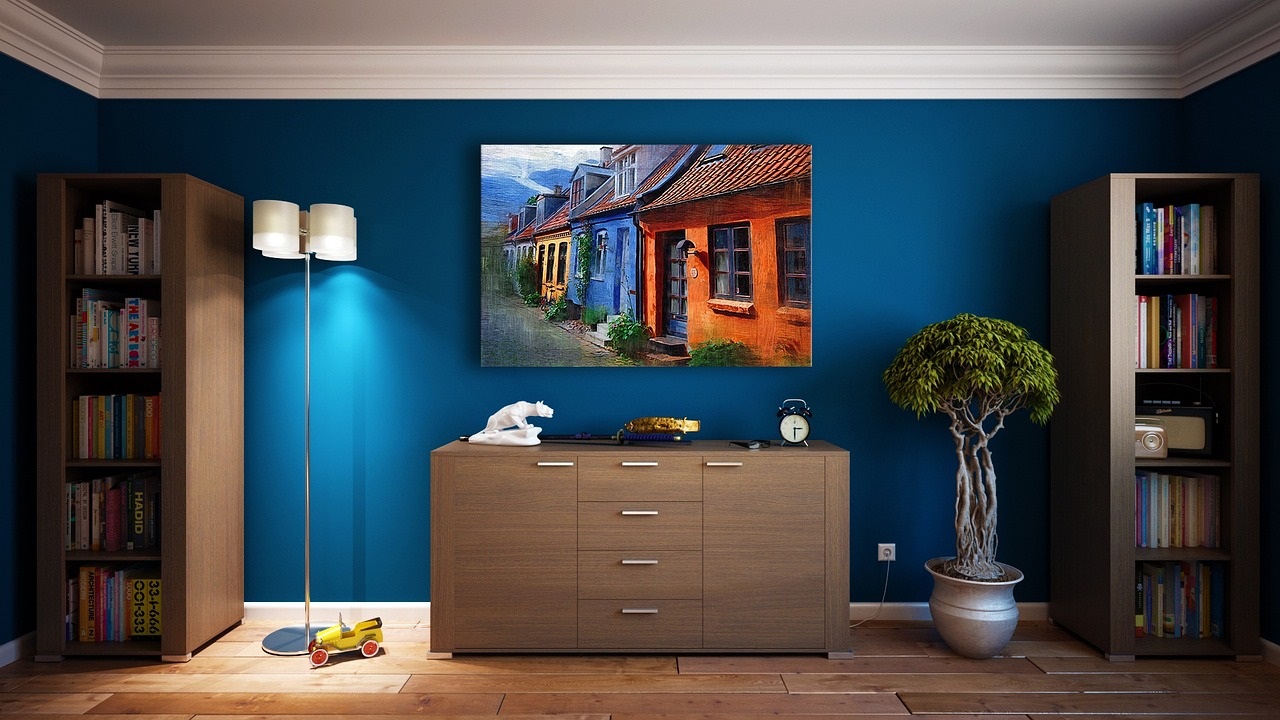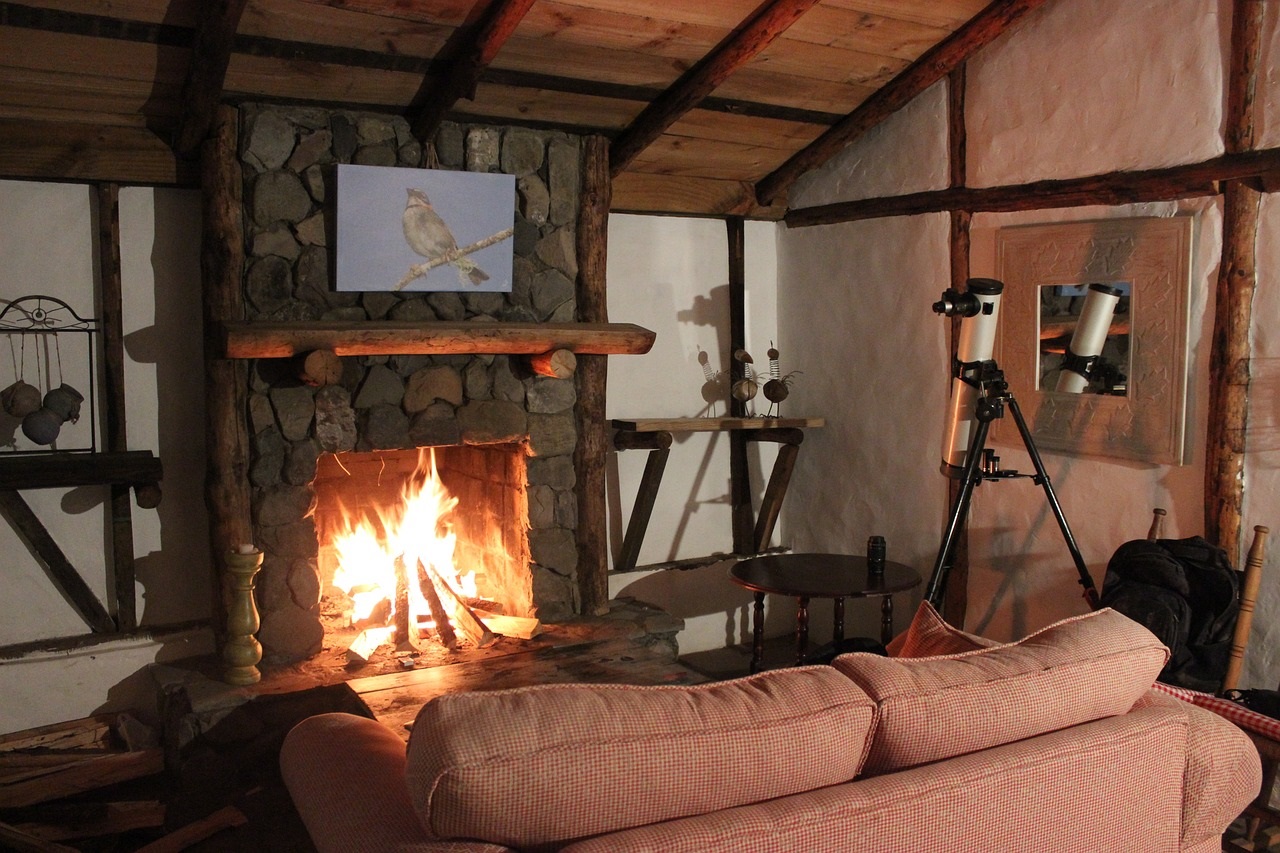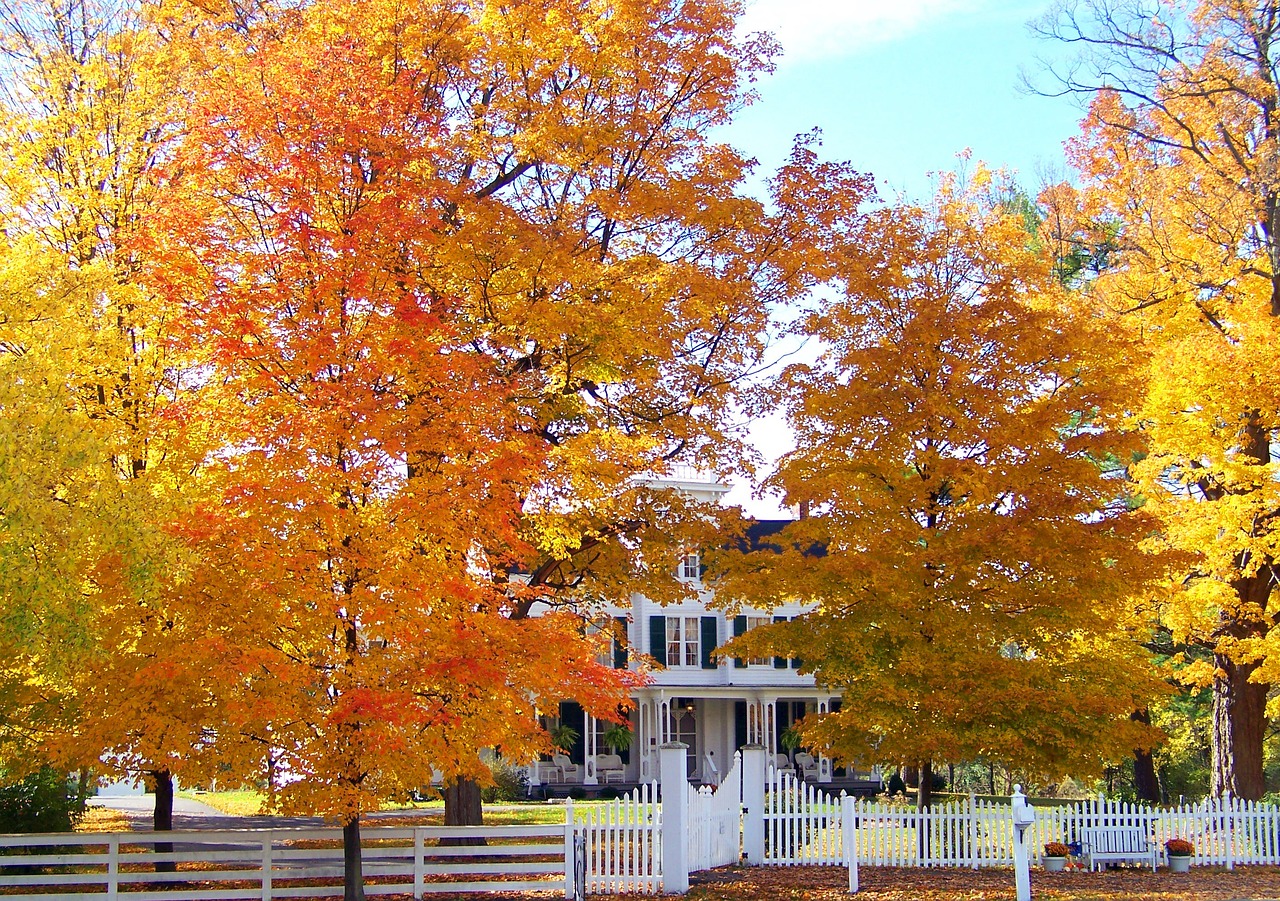The naturalistic housing is defined by architecture. The image that comes to mind is a rustic abode, perhaps a log home or a beach cottage. It’s a place where simple materials and settings allow us to relax and take in our surroundings. It’s meditative and calming. It’s a space where you can dream about your potential while being thankful for what you have.
In urban areas, there is another sort of ‘natural’ environment gaining attention on the real estate market. It’s the genre of warehouse loft conversion, and its industrial aesthetic has proven to be quite durable.
Warehouse living became the refuge of starving artists in New York City in the late 1950s. Common kitchens and baths were the sacrifice for low rent and a flexible living space. By the 1970s, work-live spaces and loft living had become the chic choice for upwardly mobile professionals and a target for real estate developers. The exposed infrastructure, such as wiring conduits and ductwork, appealed to those who loved the honest and raw aesthetics of the industrial environment. Primer-painted steel, exposed brick, and wood with the patina from another age captured the imaginations of the residents.
As naturalistic environments, the industrial loft and the rustic log home both have an organic feel. Closely related to the ethos of pioneering, naturalism embraces the idea that a sacrifice in refinement is rewarded with an opportunity. Home becomes a source of energy and inspiration, compelling the resident to consider their space from a multi-disciplinary perspective. The aesthetic is rooted in the idea of self-sufficiency and autonomy, while the use of spaces within the home invites community and conversation between inhabitants. It’s asceticism in practical terms for simple, modern living.
When planning a naturalistic environment, the key is using what you have and using it well. Contrast exposed brick walls with modern furniture, adding fabrics that are textured and neutral. Tables with wheels, lights that swivel to focus on new subjects, and furniture that can be repurposed are staples. Modern, practical decor with time-worn construction materials is the central theme of naturalistic design.
In 2021 and beyond, changes in how people work and live will continue to influence the design characteristics of new homes. Industrial design is expected to have a central role in this evolution. What was once a private office for working adults may need to become a more family friendly space as children engage in online learning or multiple family members work from home. The result will be a more intentional minimalism that allows rooms to be adapted on the fly. Naturalistic homes, built or redesigned with this dynamic flow in mind, will be likely to benefit.
Questions or comments? Want to talk about your next real estate transaction? Contact us today.

